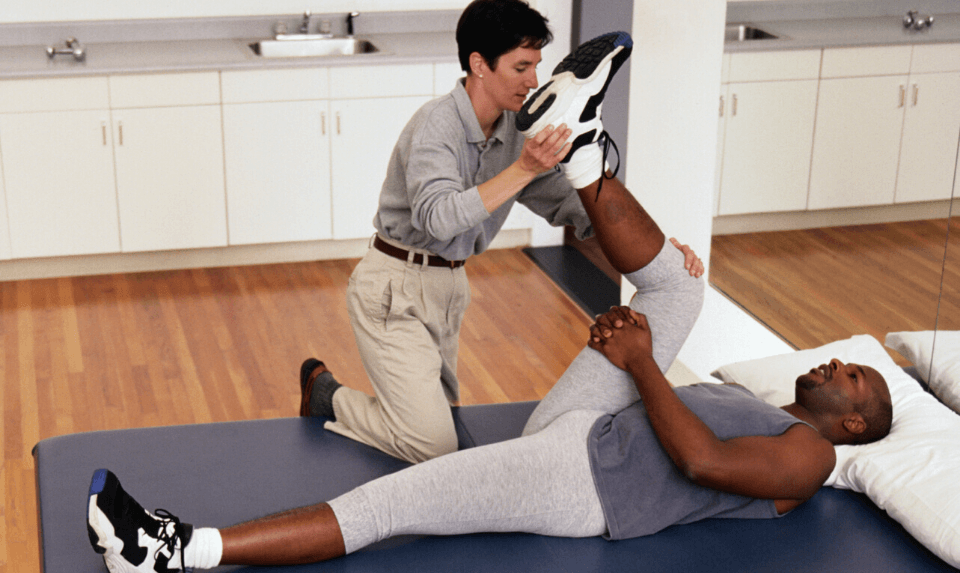Orthopedic surgery for sports injuries is a specialized field that deals with the diagnosis, treatment, and management of injuries related to sports and physical activity. Sports injuries can range from minor sprains and strains to more severe injuries such as ligament tears, fractures, and dislocations. In this article, we will provide a guide to orthopedic surgery for sports injuries, including the types of injuries that can be treated, the different surgical options available, and the recovery process.
One of the most common types of sports injuries that can be treated with orthopedic surgery is ligament tears. Ligaments are strong bands of tissue that connect bones to each other and provide stability to joints. The most common ligament tears in sports are the anterior cruciate ligament (ACL) and the medial collateral ligament (MCL) in the knee, as well as the ulnar collateral ligament (UCL) in the elbow. These injuries can occur due to a sudden twisting or bending of the joint, or due to a direct impact. Surgery is often recommended for these types of injuries to restore the stability of the joint and allow the patient to return to their sport or physical activity.
Another common type of sports injury that can be treated with orthopedic surgery is a fracture. Fractures occur when a bone is broken and can be caused by a direct impact, a fall, or a twisting or bending of the bone. Common fractures that occur in sports include fractures of the collarbone, wrist, and ankle. Surgery is often recommended for these types of injuries to ensure proper alignment of the bone and to allow for a faster recovery and return to activity.
Dislocations are another type of sports injury that can be treated with orthopedic surgery. A dislocation occurs when the bones that make up a joint are forced out of their normal position. Dislocations are most commonly seen in the shoulder, elbow, and kneecap. Surgery is usually recommended for these types of injuries to reduce the risk of future dislocations and to restore the normal alignment and stability of the joint.
When it comes to orthopedic surgery for sports injuries, there are several surgical options available. Arthroscopy is a minimally invasive surgical technique that uses small incisions and specialized instruments to visualize and treat the joint. This technique is often used for ligament and cartilage injuries, as well as for the removal of loose bodies or bone spurs. Open surgery is another option, which involves a larger incision and is used for more complex injuries, such as fractures or dislocations.
The recovery process after orthopedic surgery for sports injuries will vary depending on the type of injury and the surgical option chosen. In general, patients can expect to spend several weeks in physical therapy to help regain strength and mobility in the affected joint. It can take several months for the joint to fully heal and for the patient to regain their full range of motion.
While orthopedic surgery for sports injuries can be an effective treatment option, it is important to note that there are also risks and potential complications associated with the procedure. These include infection, bleeding, blood clots, nerve damage, and implant failure. However, these complications are rare, and the majority of patients experience a successful outcome from orthopedic surgery for sports injuries.
In conclusion, orthopedic surgery for sports injuries is a specialized field that deals with the diagnosis, treatment, and management of injuries related to sports and physical activity. Common injuries that can be treated with orthopedic surgery include ligament tears, fractures, and dislocations. There are several surgical options available, including arthroscopy and open surgery.





Leave a Reply